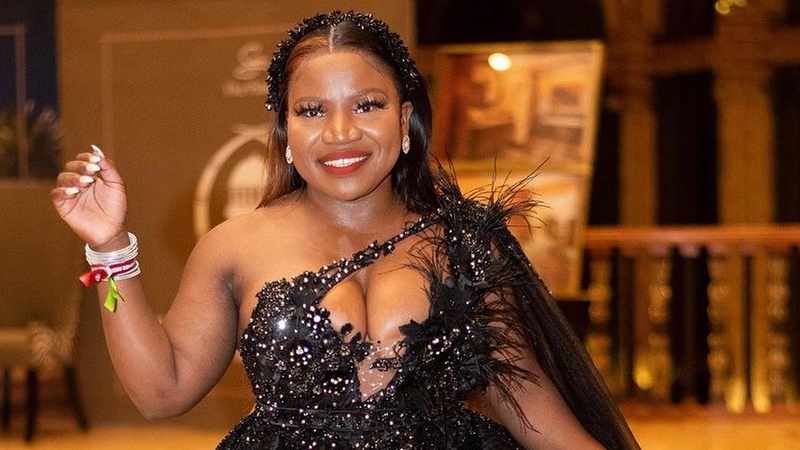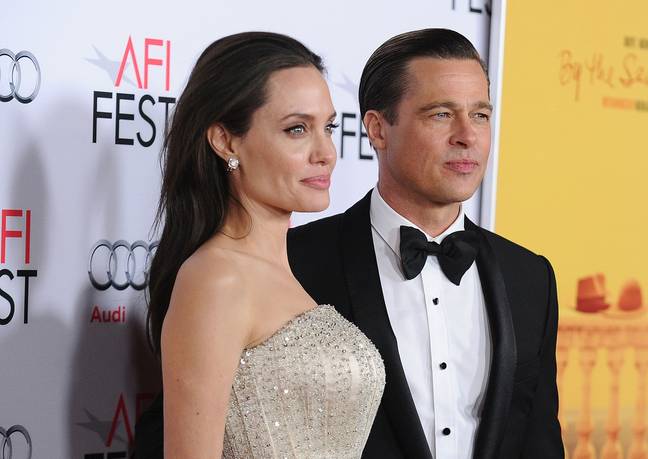BY Nicholas Forrest
“Paper Cut” at Tiwani Contemporary in London until March 19, 2016 is Zimbabwean artist Gareth Nyandoro’s first solo exhibition in the UK.
Nyandoro is best known for his large works on paper, which he often expands into three dimensional installations by adding scraps and found objects taken directly from the Harare markets.
The markets of Harare are Nyandoro’s primary source of inspiration. As a keen observer of human behavior, he recognises the everyday artistry involved in the creation of the displays.
“I try to simulate the performative manner of things in public spaces, with the viewer becoming another element of the complete work,” he explains.
The exhibition at Tiwani Contemporary takes its title from Nyandoro’s unique technique, which was inspired by his training as a printmaker.
Using sharp blades, he cut-draws into large pieces of paper and sponges ink onto its surface before removing the top layer of paper with tape, leaving only the ink that is trapped within the deep paper.
Nyandoro has named his technique “Kucheka cheka,” after the infinitive and present tense declinations of the Shona verb cheka, which means “to cut.”
To find out more about Nyandoro’s work and his exhibition at Tiwani Contemporary, BLOUIN ARTINFO got in touch with the artist and asked him a few questions.
What was the inspiration and motivation behind the works in your solo exhibition at Tiwani Contemporary in London?
Human interaction in public spaces is a recurring theme in my work. I investigate issues surrounding urbanisation, alienation, displacement, diversification and social reconstruction that make up the current Zimbabwean social fabric. From 2014-2015 I was a resident artist at Rijksakademie in Amsterdam, and it was my first time living away from Harare, Zimbabwe. Living and working in between the two cities meant I was working in a reverse manner where I reflected more on the social order of things back in Harare. I often visited Amsterdam’s outdoor markets and also borrowed from the way they set up their shops. All over the world markets have always been a great place for interaction; they do not operate in the same way as a conventional supermarket like OK in Zimbabwe or Albert Hein in the Netherlands. You go to the market, they can smile at you and you can even negotiate the price or talk of other things unrelated to the intended purchase.
What is the origins and significance of your unique technique and how has it evolved and developed over the years?
I trained at Harare Polytechnic College from 2001 to 2003, majoring in printmaking and painting. During this time Zimbabwe was going through a rough patch economically, so conventional materials for my practice were very limited. I remember there was even a suggestion that the department for Fine Arts would have to be closed. We were lucky to have Chikonzero Chazunguza as Head of the Art Department and as source of inspiration for experimentation. Chazunguza has become an icon in the Zimbabwean art scene through his unconventional thinking about indigenous Zimbabwean art.
While studying, I was exposed to the technique of printing using cardboard rather than woodcut or linocut. Later on, after experimenting with the technique, I developed it further after realizing that the actual surface template I was using was in fact a finished piece of work. I call the new unique process ‘kuchekacheka’, a Shona word which simply means ‘to cut’. It involves cutting and weaving lines with a sharp blade, inking with soft sponge and then peeling off layers to create textured surfaces of interwoven designs in vivid monochromatic palettes. I currently combine two dimensional and three dimensional elements as well as sound in my installations. I try to simulate the performative manner of things in public spaces, with the viewer becoming another element of the complete work.
You were born in Zimbabwe in 1982. What influence and effect has your upbringing in Zimbabwe had on you practice?
I grew up in an extremely creative village in Bikita, where we were very aware of the manipulation of materials like clay, grass, plastic, wire and many other materials to make all sorts of recreational objects. My grandfather was a well-known crafts person, making all sorts of different objects. After his death he left behind a lot of objects he had collected during his lifetime. Most of the time he would sit under the mango tree which was basically his workshop and would transform something into a functional object that we could use. He would invite me to observe and participate in his designs, but as a little boy, I would sometimes get in trouble for taking away and using his designs for purposes that they were never intended. Worse, I would sometimes lose them. So growing up around this environment subconsciously instilled in me the flexibility to work with different materials and techniques.
What do you want to express and convey with the works presented in “Paper Cut”?
With Paper Cut I wanted to create an atmosphere that would make visitors feel as though they were outdoors. I tried this by combining imagery of all walks of life from the city of Harare. If one is to visit Harare it appears that there is no order in the city, but there is. One thing that the viewer has to remember is that the way the vendors arrange their wares on the pavement is part of a design. They are very conscious of the way they arrange objects according to colour, texture, form and so on. I recreate these images that I take from social media such as YouTube and Facebook.
What is the current status of Zimbabwe’s art scene and how would you describe and define your position and role within it?
The tough economic situation has had positive and negative effects on the arts scene in Zimbabwe. The good thing is that the initiatives that came with the hardships are real and permanent. If the economy is to ever get back on track it will become easier due to projects such as Dzimbanhete Arts Interactions and Village Unhu, where young artists are mentored by well established artists. I am a founding member of both initiatives. The Zimbabwean art scene is currently evolving through different projects such as the Venice Biennale, at which Zimbabwe has participated three times since 2011, all of which have been curated by Raphael Chikukwa. Having this platform has created more interest from the international art scene and has seen more artists from Zimbabwe being invited for curated events such as Art Basel, The Amory Show and Art Brussels. I represented Zimbabwe at the Venice Biennale in 2014.






